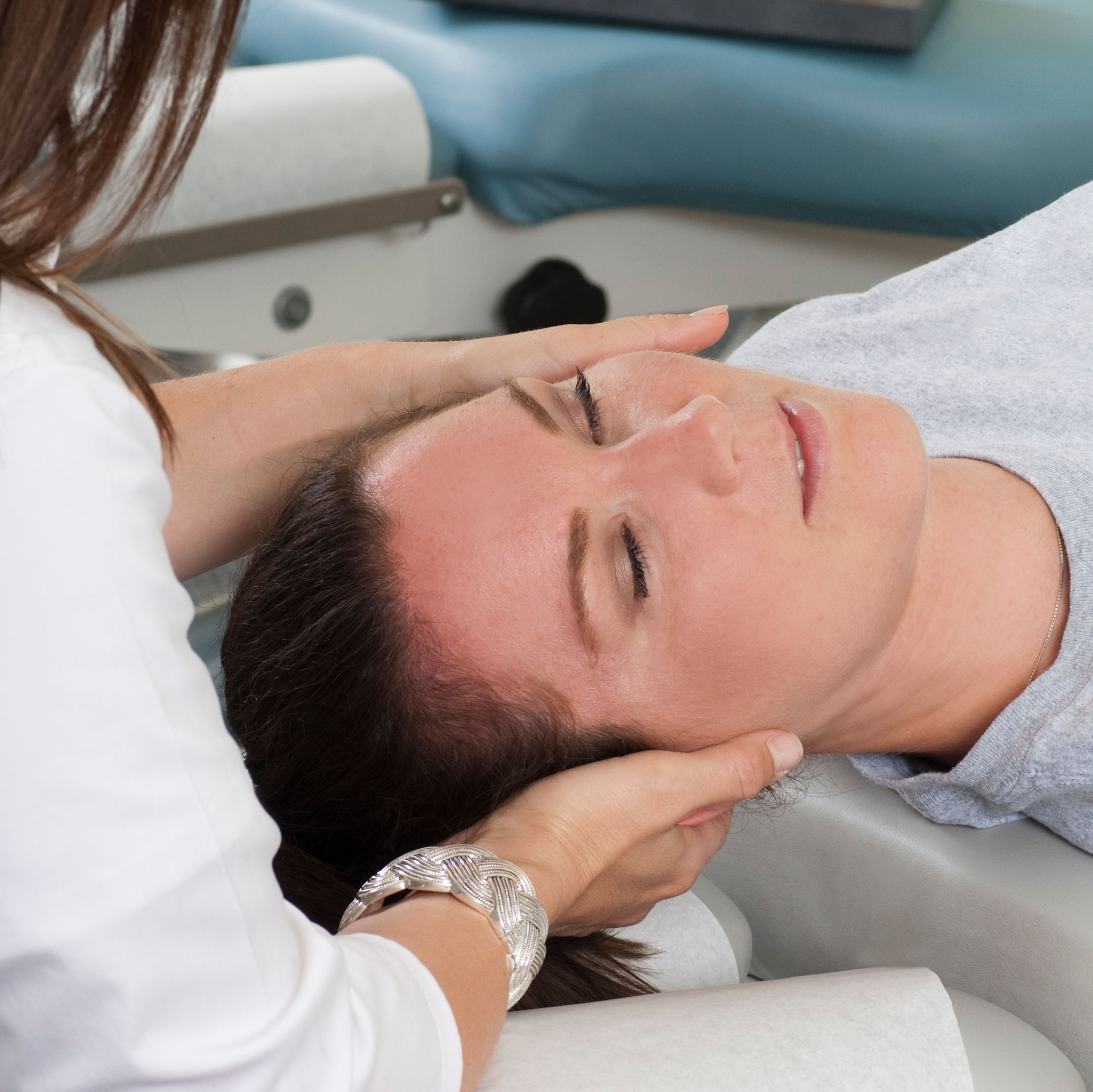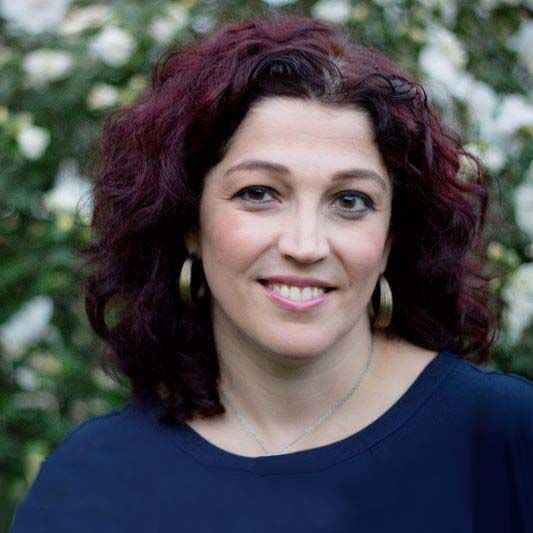
WHAT IS CRANIOSACRAL THERAPY?
Craniosacral therapy is a system of alternative treatment intended to mobilize fluid around your spine by using extremely gentle manipulations of the skull. Patients often report feelings of deep relaxation during and after the treatment session.
According to Dr. John Upledger, craniosacral therapy is ideally suited for attention-deficit hyperactivity disorder, headaches, chronic middle ear infection, pain, and general health maintenance. It is recommended for autism, fibromyalgia, heart disease, osteoarthritis, pneumonia, rheumatoid arthritis, chronic sinus infections, and gastroenteritis (inflammation of the lining of the stomach or small intestines). It is also used with other therapies to treat chronic fatigue syndrome, back pain, and menstrual irregularity. In addition, other craniosacral practitioners have reported benefits for eye dysfunction, dyslexia, depression, motor coordination difficulties, temporomandibular joint dysfunction (TMD), hyperactivity, colic, asthma in babies, floppy baby syndrome, whiplash, cerebral palsy, certain birth defects, and other central nervous system disorders.
ARE THERE ANY SIDE EFFECTS?
The gentle approach is extremely safe in most cases. However, craniosacral therapy is not recommended in cases of acute systemic infections, recent skull fracture, intracranial hemorrhage or aneurysm, or herniation of the medulla oblongata (brain stem). Craniosacral therapy may be used safely with other medical approaches. Some people may experience mild discomfort after a treatment. This may be due to re-experiencing a trauma or injury or a previously numb area may come "back to life" and be more sensitive. These side effects are mild and temporary.
RESEARCH
More than 40 scientific papers have been published that document the various effects of craniosacral therapy. There are also 10 authoritative textbooks on the therapy. The most notable scientific papers include Viola M. Fryman’s work documenting the successful treatment of 1,250 newborn children with
birth defects. Edna Lay and Stephen Blood showed the effects on TMD, and John Wood documented results with psychiatric disorders. The American Dental Association has found craniosacral therapy to be an effective adjunct to orthodontic work. However, the conventional medical community has not endorsed these techniques.
Resources: Upledger, John E. “CranioSacral Therapy.” In Clinician’s Complete Reference to Complementary and Alternative Medicine, edited by Donald Novey. C.V. Moskey, St. Louis: 2000

